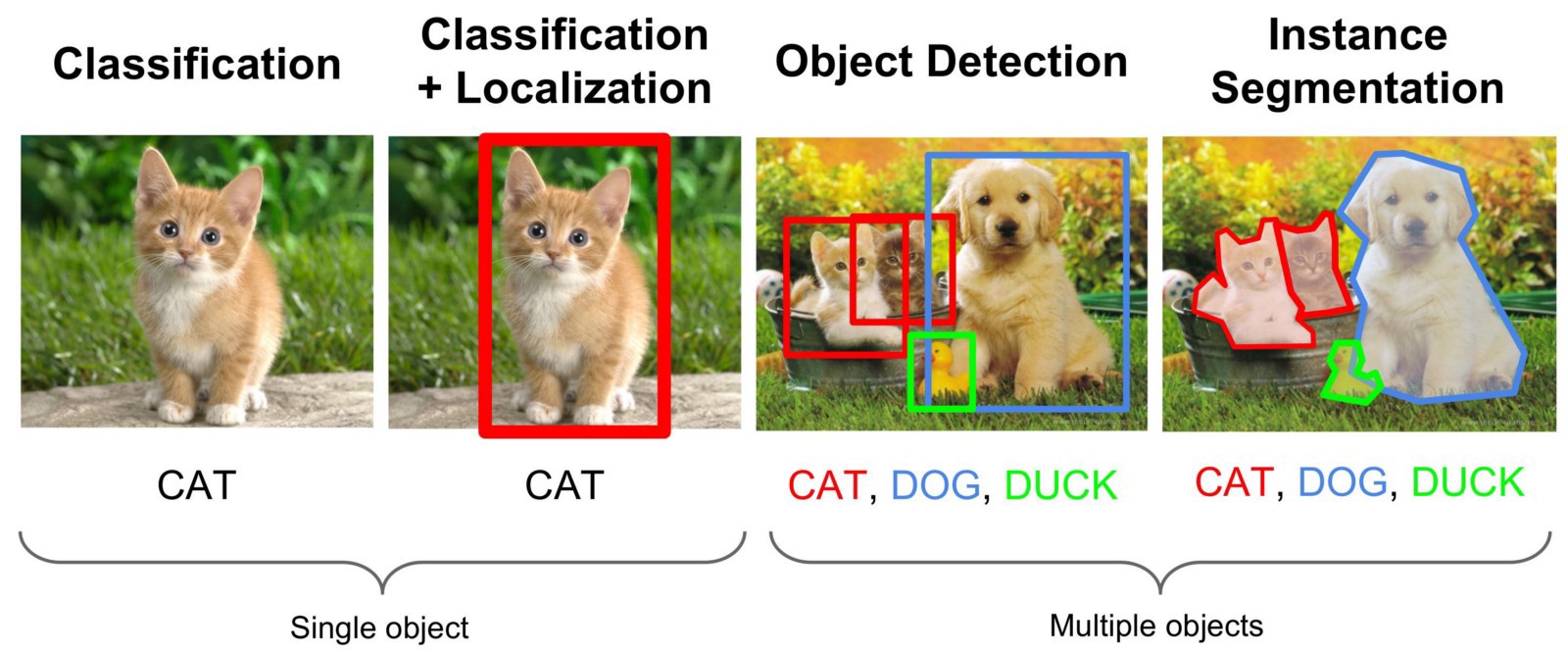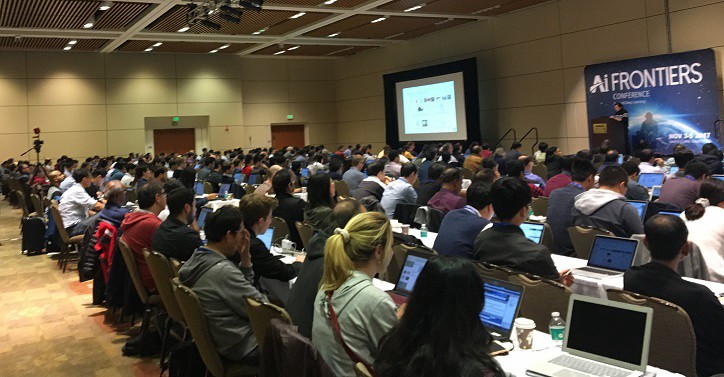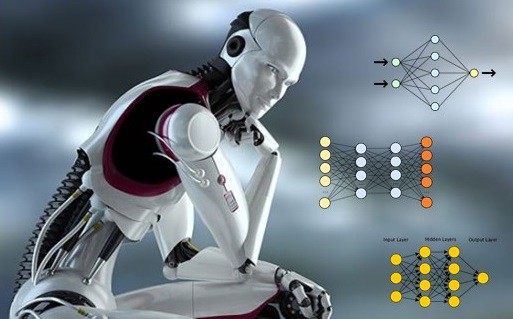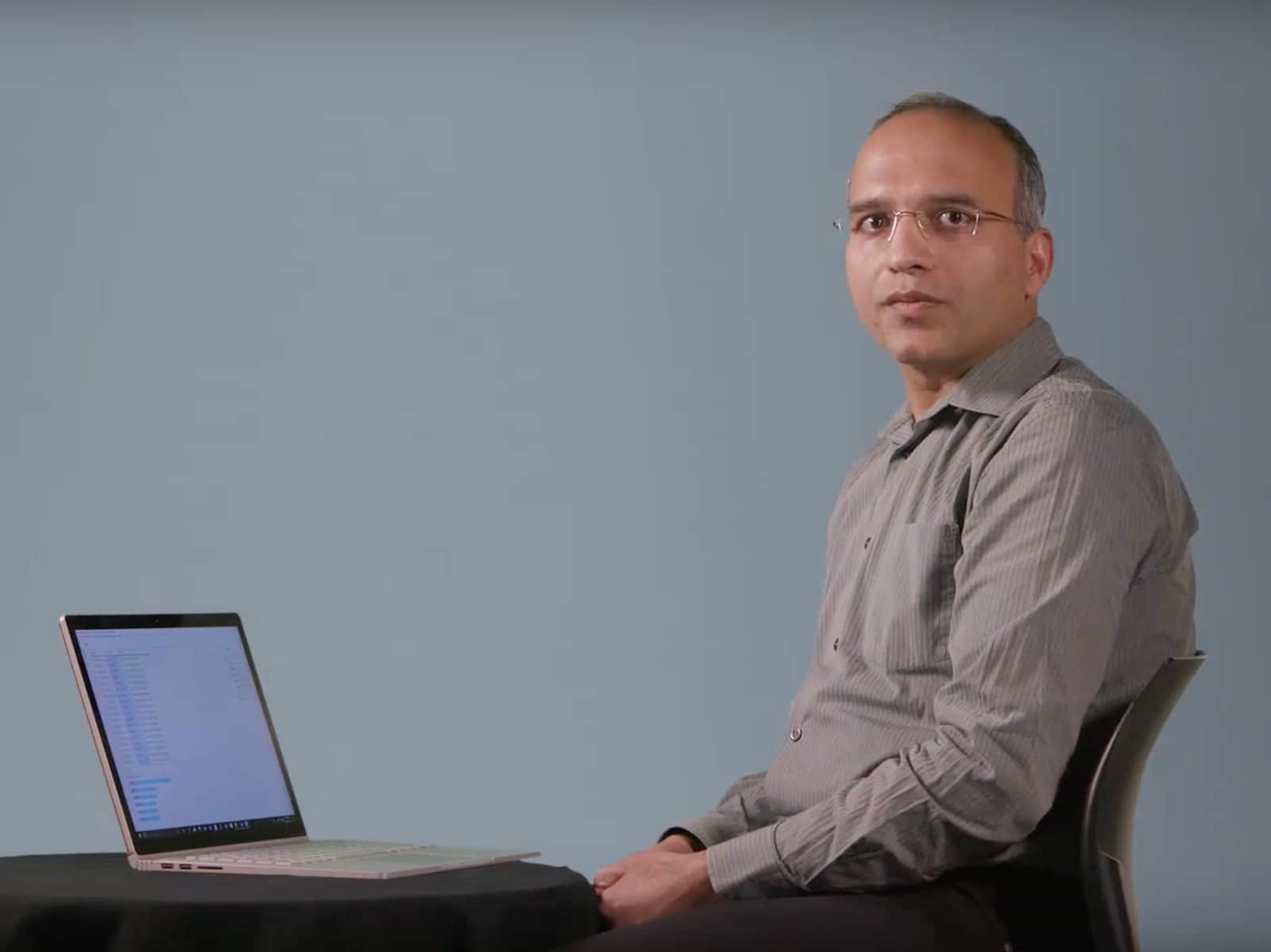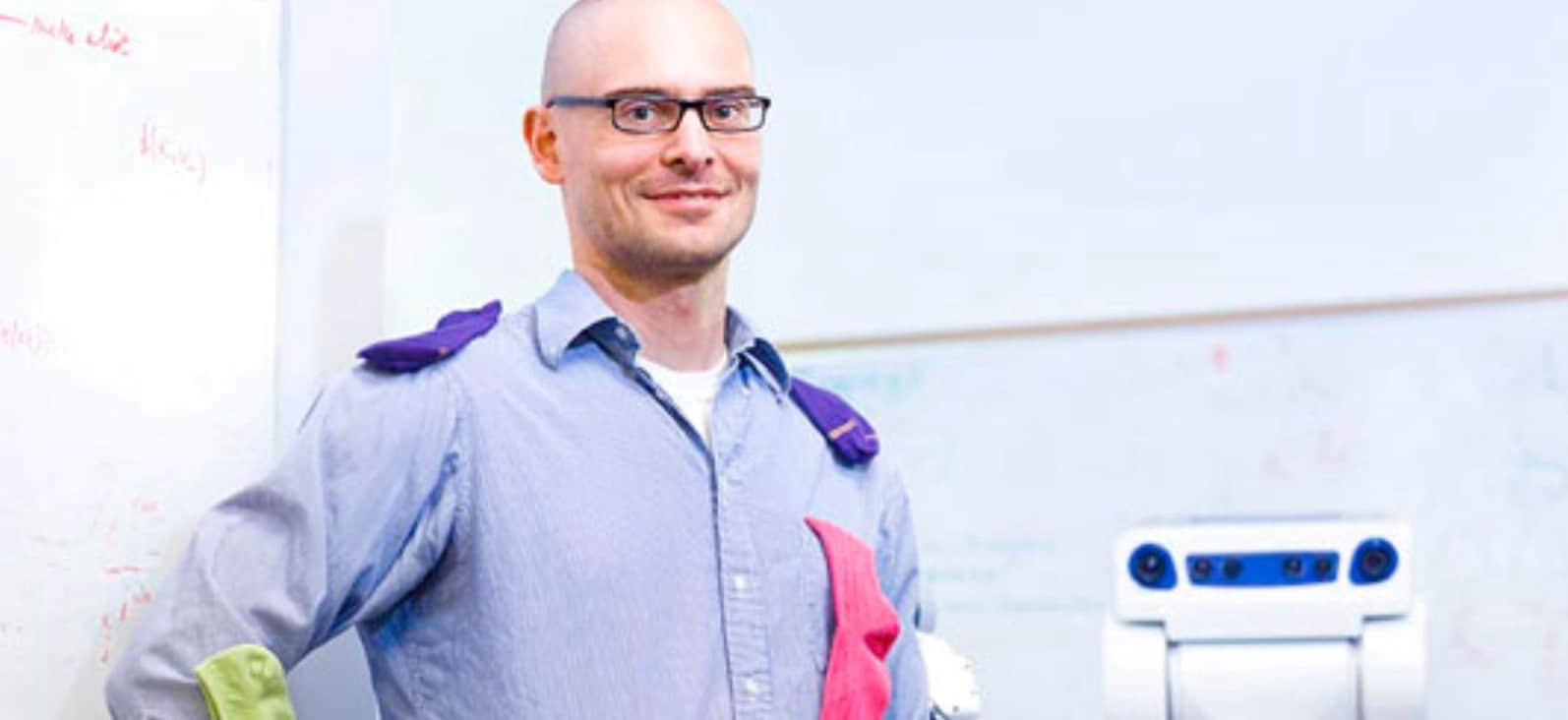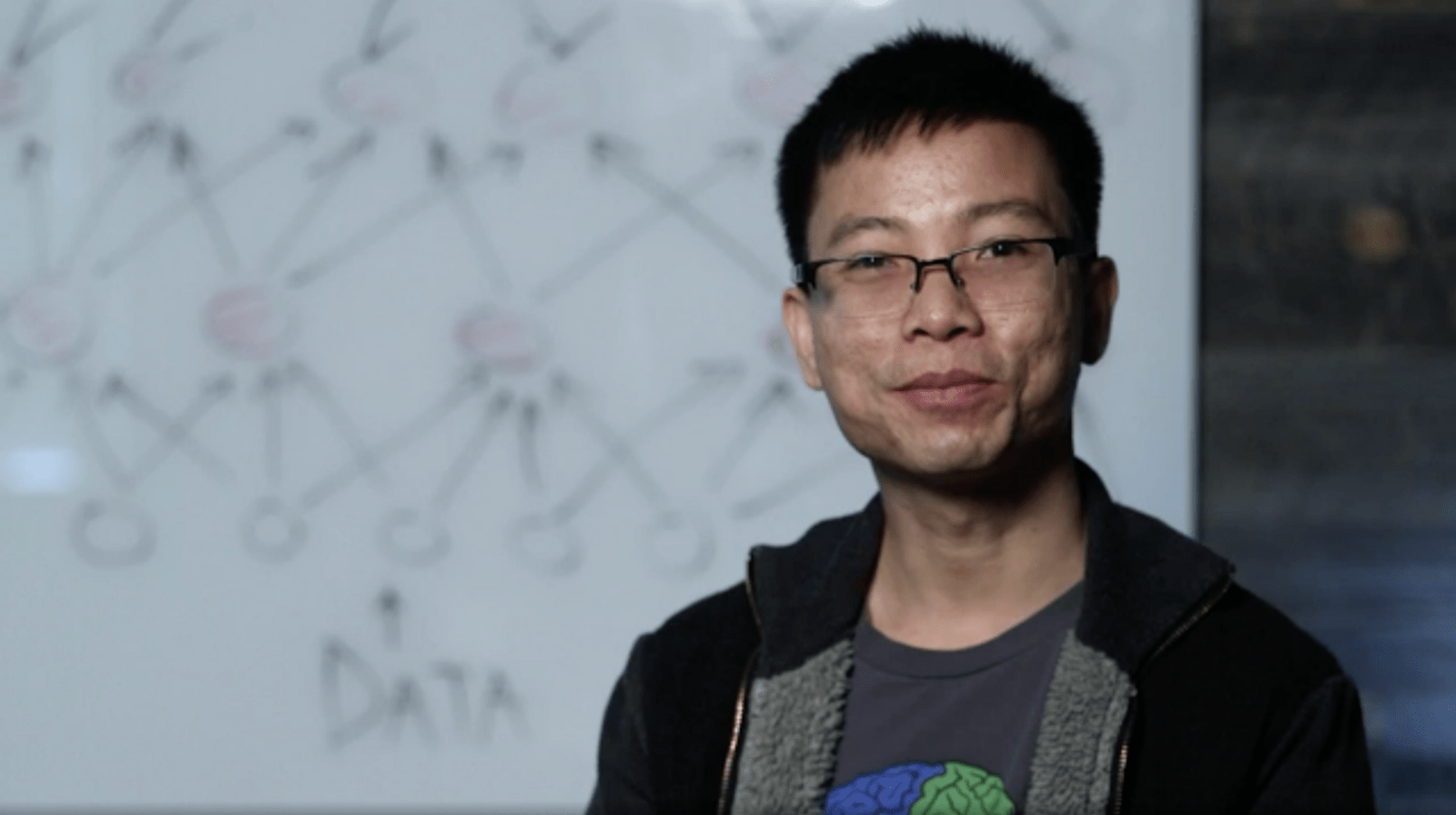I remember the first time I saw photoshop more than 10 years ago: My designer was trying to modify a picture for our website, to match the color of our website — Green. He clicked on the blue sweater of the woman in the picture (and then clicked on some color on the side), then magically that whole sweater turned into green while other parts of the pictures kept the same. I was awed.
Over 90 percent of the world’s creative professionals use Photoshop, an Adobe product. Over 12 million people subscribe to Adobe’s Creative Cloud, the suite of Photoshop, Premiere Pro, After Effects, etc. Each day Adobe receives hundreds of millions of highly-produced images and videos from all over the world. Leveraging such a massive volume of data using artificial intelligence can help Adobe better understand what their artists and designers customers really need.
